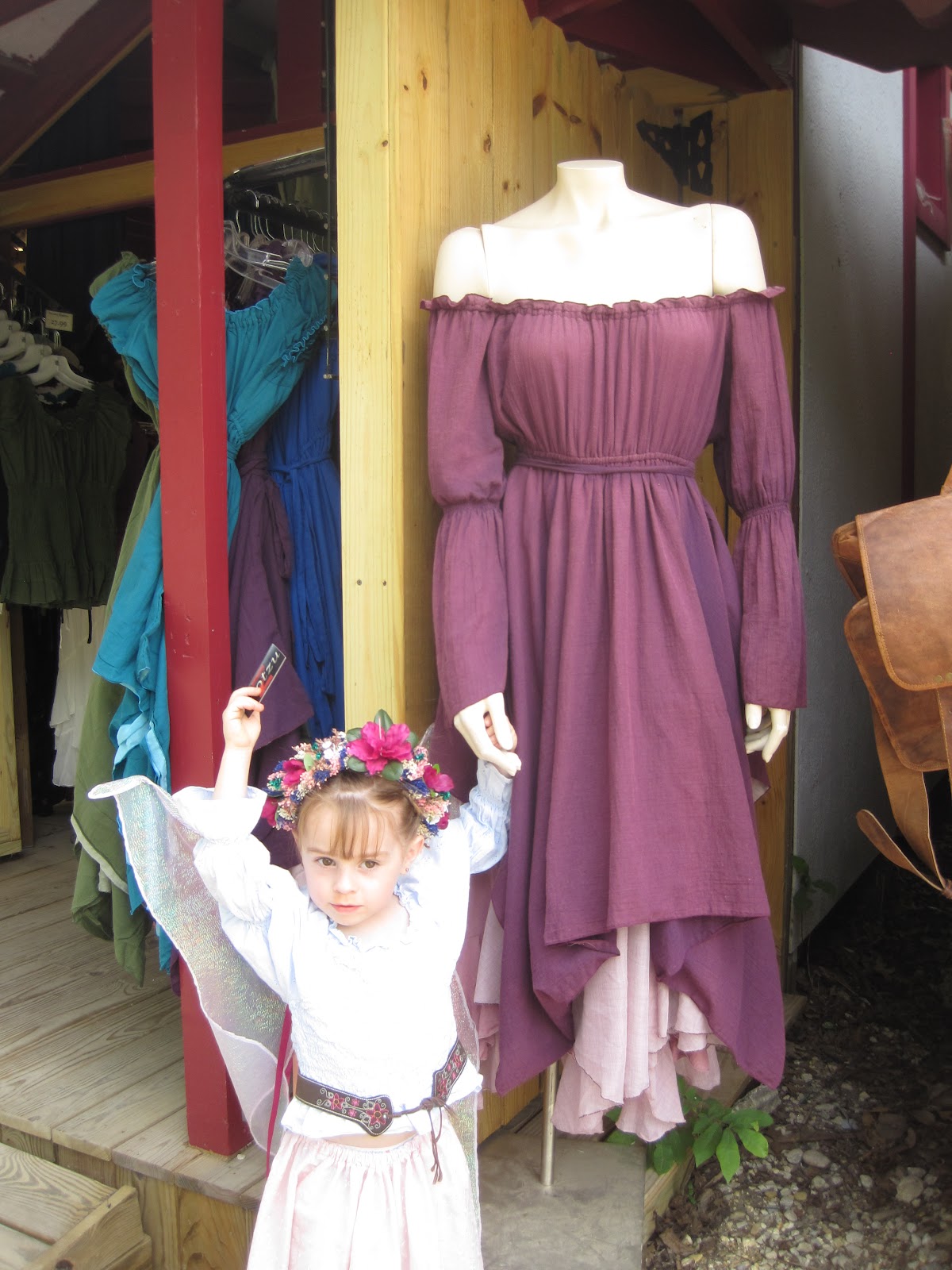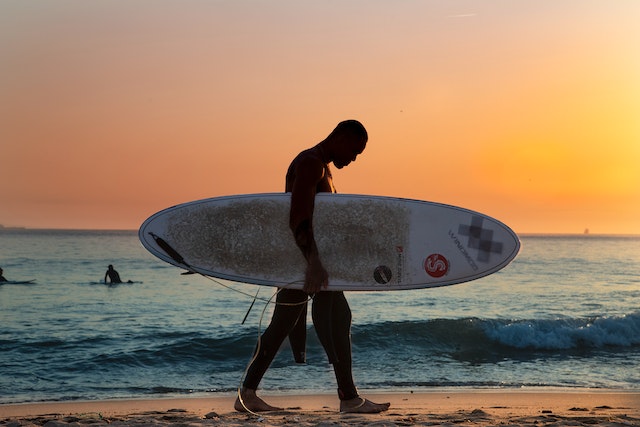As the year moves forward in full swing, spring will be here before we know it! Thus comes many exciting events to anticipate. Among them is the Renaissance faire, an attraction that continues to grow in popularity. Recreating a Renaissance street of the historical period, these faires are full of great revelry, food, and of course, fashion. Dressing in Renaissance clothing and portraying characters is a prime appeal of this event. After all, it is not every day that you can strut about in a fancy gown or a frilly shirt!
When dressing for a Renaissance faire, there are options galore for your fashion flaunting. While historical accuracy makes for a truly authentic experience, it is not mandatory. One can mix and match period pieces with other garb and can even venture into the fantasy world to pull off a stellar outfit. There are also a plethora of characters to portray. You could choose to portray a historical figure, a fictional character from period literature, or a member of a social class, such as peasant, middle class, or nobility, to name a few. Bottom line is that the possibilities are limitless. So, be creative and have fun with your costume!
Peasant Blouse:
In looking at social class, the most popular costume at a Renaissance faire is the peasant. This goes hand in hand with the historical period, as peasants made up 90% of the population of the time. You may wonder, then, what exactly a peasant wears. Traditionally, peasant garb was simple, void of ornamentation and decorations. For men, the attire consisted of a basic shirt and pants. Women wore bodices, chemises, blouses, and skirts. And the little kiddies went about in miniature versions of the adult apparel. For all peasants, head coverings were the norm, the most common being a bag-like hat secured under the chin, called a biggin. Shoes were constructed of leather for everyone. In selecting peasant garb, authentic materials would be wool and linen and colors would be natural. And keep in mind that peasant worked hard, so the look should be rugged and give off that impression.
Climbing the social ladder from the peasant realm was the middle class and the upper class. The middle class strove to emulate the appearance of the nobles and as a result, specific dress edicts were put into place. Attire for men comprised of doublets, ballooned pantaloons, and tights (still considered manly at the time). Women roamed about in corsets or doublets, farthingales (stiffened hoop underskirts), padded hips, and a hairnet called a caul. As with peasants, men and women also wore head coverings, which were flat caps or tall hats. These head articles eventually led to the rise of the top hat. In selecting attire for these classes, stick with high quality fabrics, such as velvet or silk, and red, black, and purple colors for a rich look. Accessories like jewelry and belts also will help to enhance the look.
Even though a Renaissance faire desires to create a realistic period atmosphere, let’s not forget that the art of pretend is not absent. As fair goers and actors explore their imaginations, it is not uncommon to see fantasy characters like pirates, fairies, and gypsies present. There is a great deal of fun in creating these ensembles. Get a pair of tall boots, baggy drawstring pants, a puffy shirt, and a felt hat or bandana and voila…you got a pirate costume! Or want to be a gypsy? Gather a layered circle skirt, barem pants, choli top, and a coin belt and there you go! And to be a fairy, apply lots of glitter and shiny materials! In addition to these, other fantasy characters may surface at faires as well.
Aside from the costume ideas mentioned here, you could also choose to dress as a lady in waiting, country maid, wench, lord, merchant, sailor, and the list goes on! There is no shortage of choices, so have no fear! But if you go to a Renaissance faire, do indeed dress up! That is what makes these events such a blast! And to aid in your Renaissance clothing search, check out the selections at: http://www.historicalclothingrealm.com/.
What To Wear To A Renaissance Faire





